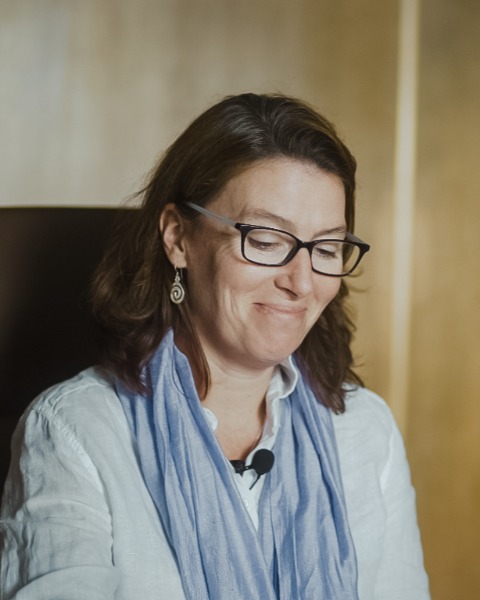Panel
The power of participation: A story of how a child labor systems-change initiative made visible causal pathways to drive change
Participatory causal analysis: through the experience of child laborers
Thursday, October 12, 2023
2:30 PM - 3:30 PM ET

Marina Apgar (she/her/hers)
Research Fellow
Institute of Development Studies - Centre for Development Impact, England, United Kingdom
Presenter(s)
The pathways through which children end up in hazardous and exploitative work are multifaceted, uncertain and not well understood. Yet, the main actors of these stories, the children engaged in hazardous and exploitative work, are not usually involved in the development of interventions that seek to solve the problem of child labour. As a result, solutions miss key underlying systems dynamics and fail to build momentum for change from within the system. In response to this systemic challenge the Child Labour: Action-Research-Innovation in South and South-Eastern Asia (CLARISSA) programme, is involving children and other stakeholders directly in building understanding of the underlying drivers and seeking innovative solutions. We will bring stories of children working in the leather sector in Dhaka, Bangladesh and in the adult entertainment sector in Kathmandu, Nepal into the presentation through videos that illustrate their experience of collecting and analysing 400 life stories to uncover the complex realities that influence if and how they end up in child labour. We will describe the process and findings from the embedded participatory monitoring and evaluation system that brings stakeholders into causal analysis to explore if and how the actions that 36 action research groups are designing and implementing (such as. business owners monitoring each others’ hiring practices; working children advocating for reduction in school fees with the local school board; children engaging with their parents to build better family relations) are working, and to explore emergent causal pathways that support the rippling of change throughout the system.
